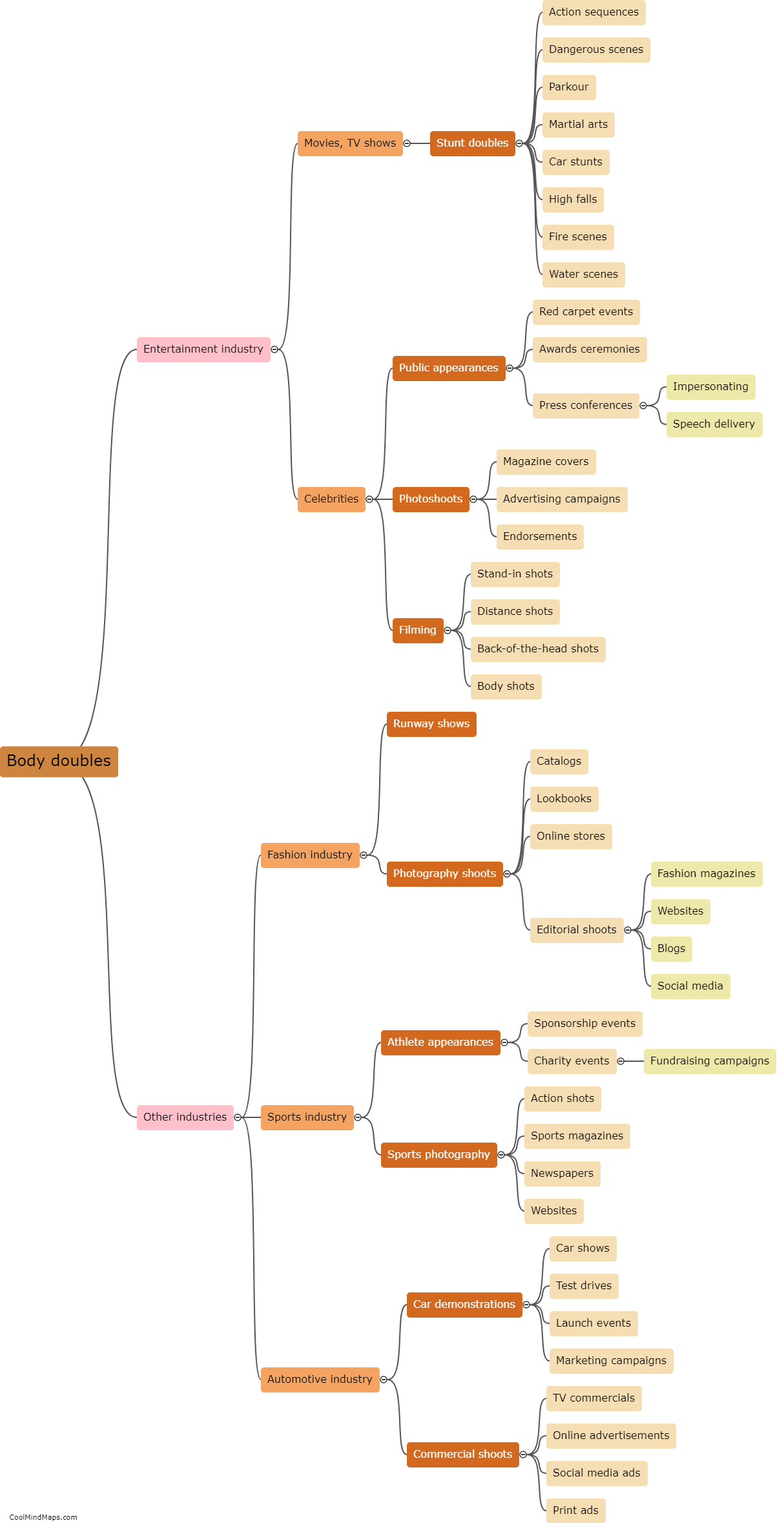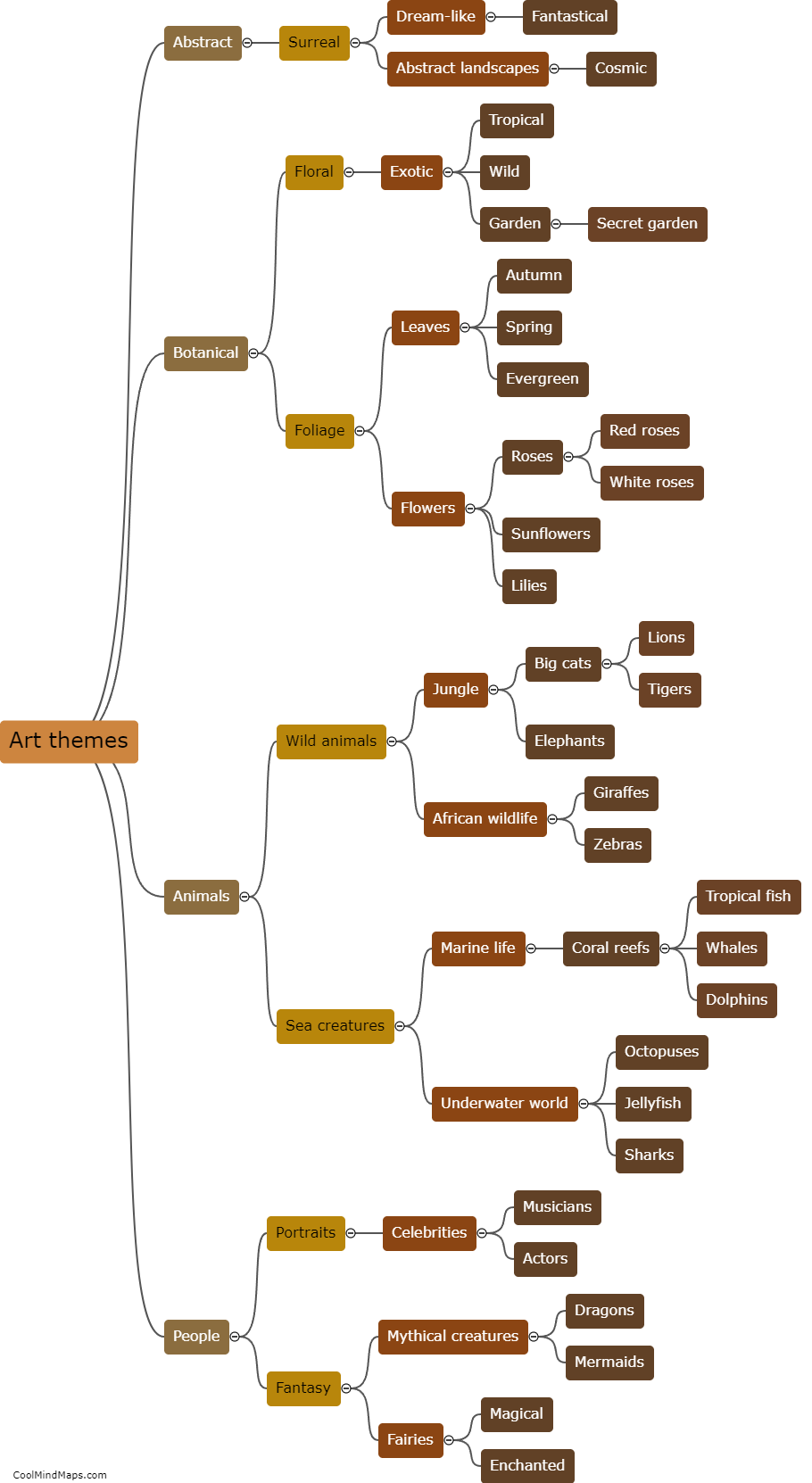What is the Phillips Curve and its relationship with inflation and unemployment?
The Phillips Curve is an economic concept that illustrates the relationship between inflation and unemployment. It suggests that there exists an inverse relationship between the two variables, meaning that when one increases, the other decreases. The curve was originally derived by economist A.W. Phillips in the 1950s based on his empirical observation of the UK labor market. According to the Phillips Curve, a decrease in the unemployment rate leads to higher inflation, and vice versa. This relationship is attributed to the existence of a trade-off between inflation and unemployment. The idea is that as the labor market tightens and unemployment decreases, workers gain bargaining power, leading to higher wages, increased production costs, and ultimately inflation. On the other hand, when unemployment is high, there is less upward pressure on wages, leading to lower inflation. However, it is important to note that the Phillips Curve relationship is not fixed and can be influenced by various factors such as changes in expectations, supply shocks, and government policies.

This mind map was published on 11 February 2024 and has been viewed 88 times.











